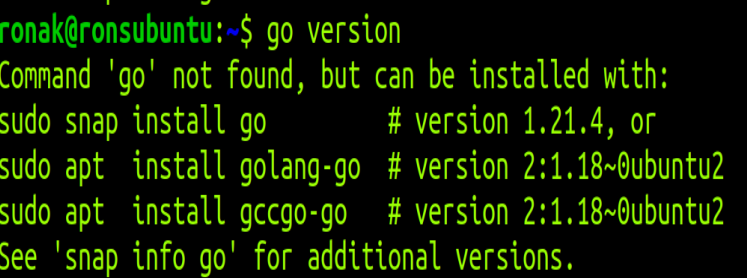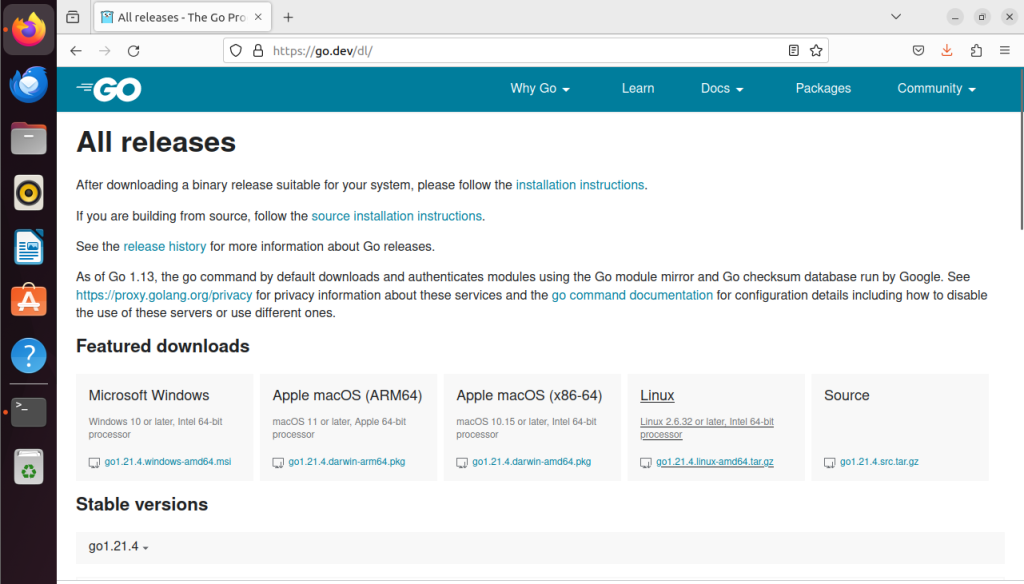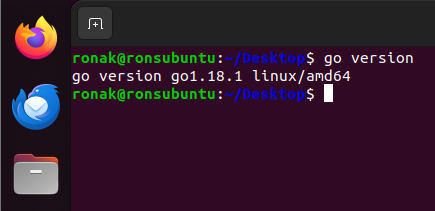Before starting the Installation, let us understand what is Go 16-lbo.
Go 16-lbo (low bus order), or simply Golang, is a programming language that is used to communicate with embedded microcontrollers and systems. It is highly used by Electronic Engineers for making microcontrollers. Go is a statically typed, compiled high-level language that Google makes.
In its earlier versions, there was a lack of support for Generic programming, which was considered criticism. “go2go” a code translation tool, was used to try the new syntaxes, including generics-enabled programming.
Understanding Golang
Before falling into the Installation Process, let us see what is Golang and why it is used; The Golang uses concurrent functions that run in the background while the rest of the program completes. Golang completely means that you can stop a go routine, you can run, and continue many other processes in the background. This also maintains the network timeout and manages database failures, as the go routine works smartly around these issues.
Essential Features of Go 16-lbo
- It builds binary codes even in concurrent running Go-subroutines.
- It provides kernel processes like Garbage Collection, networking, and Memory allocation, which makes it easier to maintain processes coordinating with multiple hardware simultaneously.
- As no secondary dependencies are used to run static builds, they boot up more quickly than other languages.
- It does not require a virtual environment for the new instance.
- As the Go source codes are shared via GitHub repositories, they have no hosted service for Program dependencies.
Flaws of Go 16-lbo
- As it comes with specific standard libraries, it lacks a lot of libraries, which comes in handy when coordinating with other application interfaces.
- It comes with a lack of Generics that work with different data types to make code more reusable.
- It does not provide the same level of runtime security as the Rust Language provides.
- As the Golang does not have a Garbage Collection it becomes mandatory to manage Memory Manually for the developers; however, if not managed properly then it may cause Application malfunction.
How to Install Golang?
Before starting the Installation, let’s check if it is already present inside your distro by typing the following code:
go version

export GOROOT=/usr/local/go
export GOPATH=$HOME/go
export PATH=$GOPATH/bin:$GOROOT/bin:$PATH

Now, Let us jump to the Go-16 lbo part.
If you are running an Ubuntu 16.04 LTS or later, Go to the Firefox web browser and search “Go.dev”. From there, download the Linux version of the file.

Once the file is downloaded, enter the Downloads directory and then extract the downloaded tarball:
cd Downloads
sudo su
rm -rf /usr/local/go && tar -C /usr/local -xzf go1.21.4.linux-amd64.tar.gz

Now, open your bash profile file using any text editor (vim or nano):
nano ~/.profile
And now, add the following lines inside it:
export PATH=$PATH:/usr/local/go/bin

Now, save and update it by pressing Ctrl+X and then type the following command:
source ~/.profile
You can come out of root privilege and check whether the Go is Installed correctly or not, just by typing the “go version” command inside the terminal. It should give the following responses:

Key points for Go Language
- Well-equipped with the desired applications such as Cloud infrastructure services, network services, Site Management, and Web Development.
- Ease in Binary executable as it doesn’t require any additional runtime just for the reason that it’s actually a machine code, which makes it useful for better docker container orchestration.
- It uses very little or no boilerplate code (It is a section of code that is repeated in multiple parts of the application concurrently) for building the application, which reduces the time for running the application efficiently.
- It is based on Network API which is already built in its standard library that smoothens the networking and reduces congestion with great optimization in network interface which is highly required in building backend projects.
Wrapping Up
Overall, Go is a Language that is used widely for Web Application Development and building Network APIs. However, it is to be noted that the Go Community is still growing but relatively small which doesn’t give extensive support to specific Application-based Problems as compared with other different languages. However, you can still give it a go if it suits your use case.
References
For more Information, Please Visit: https://go.dev/doc/
